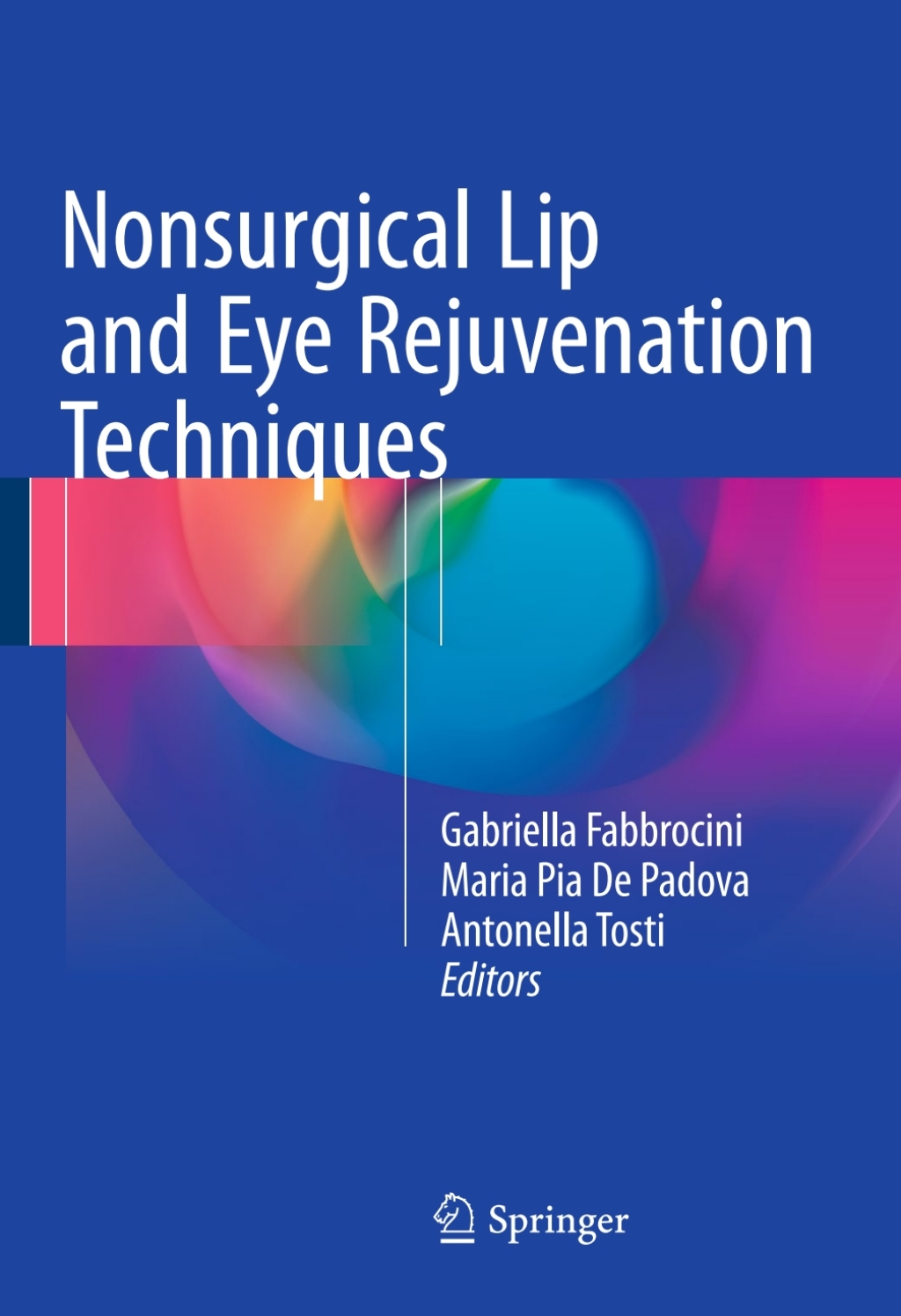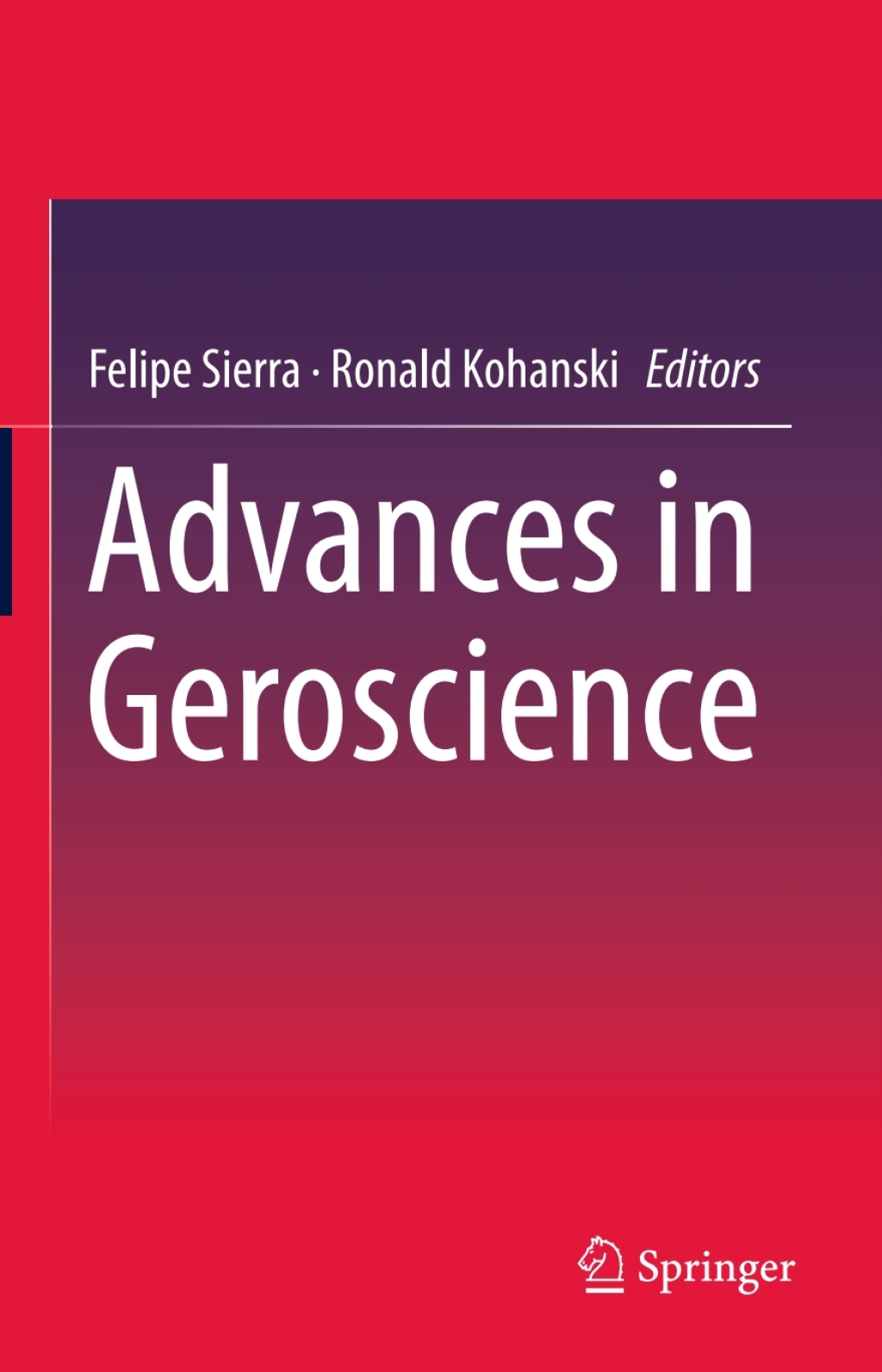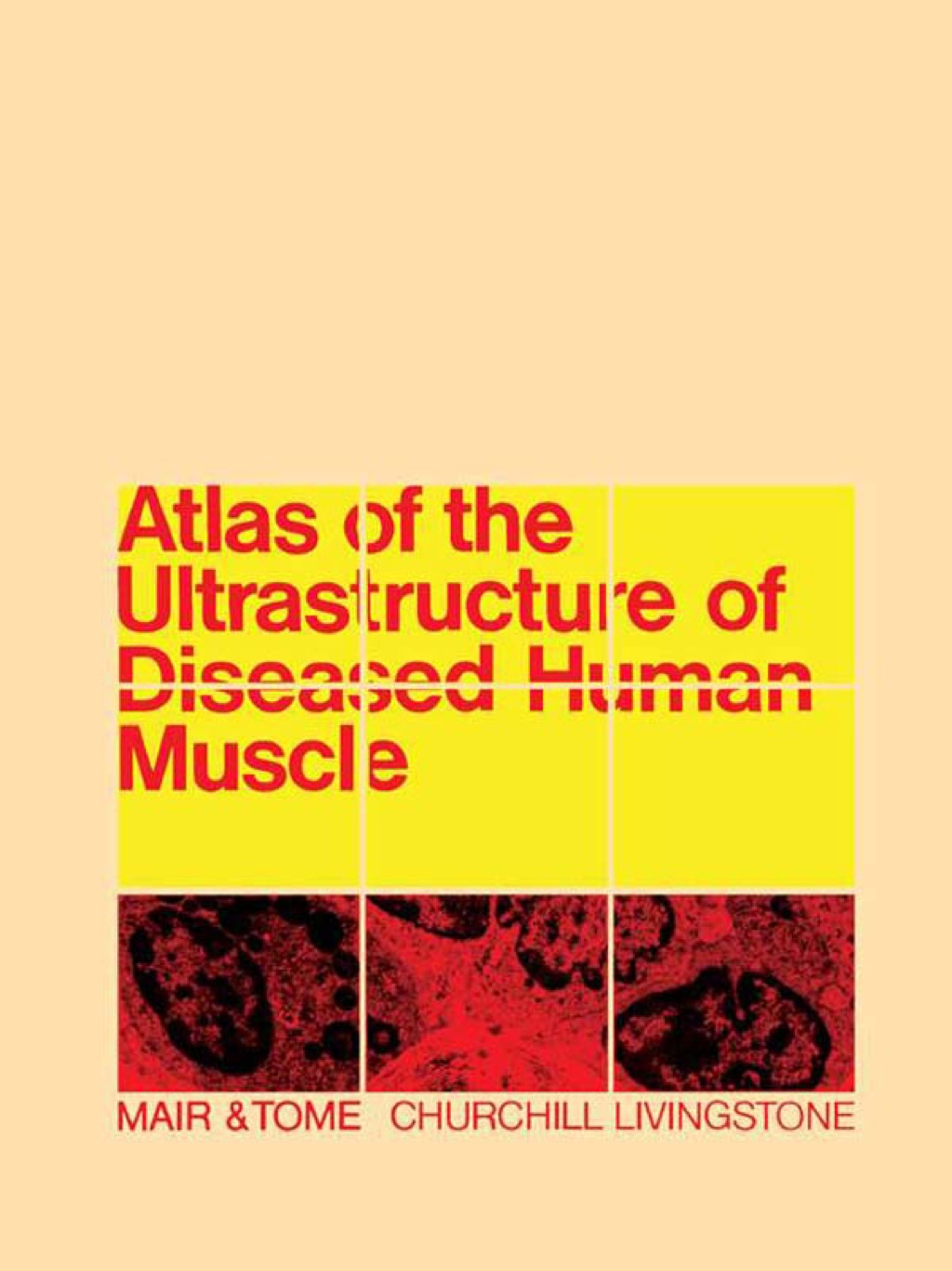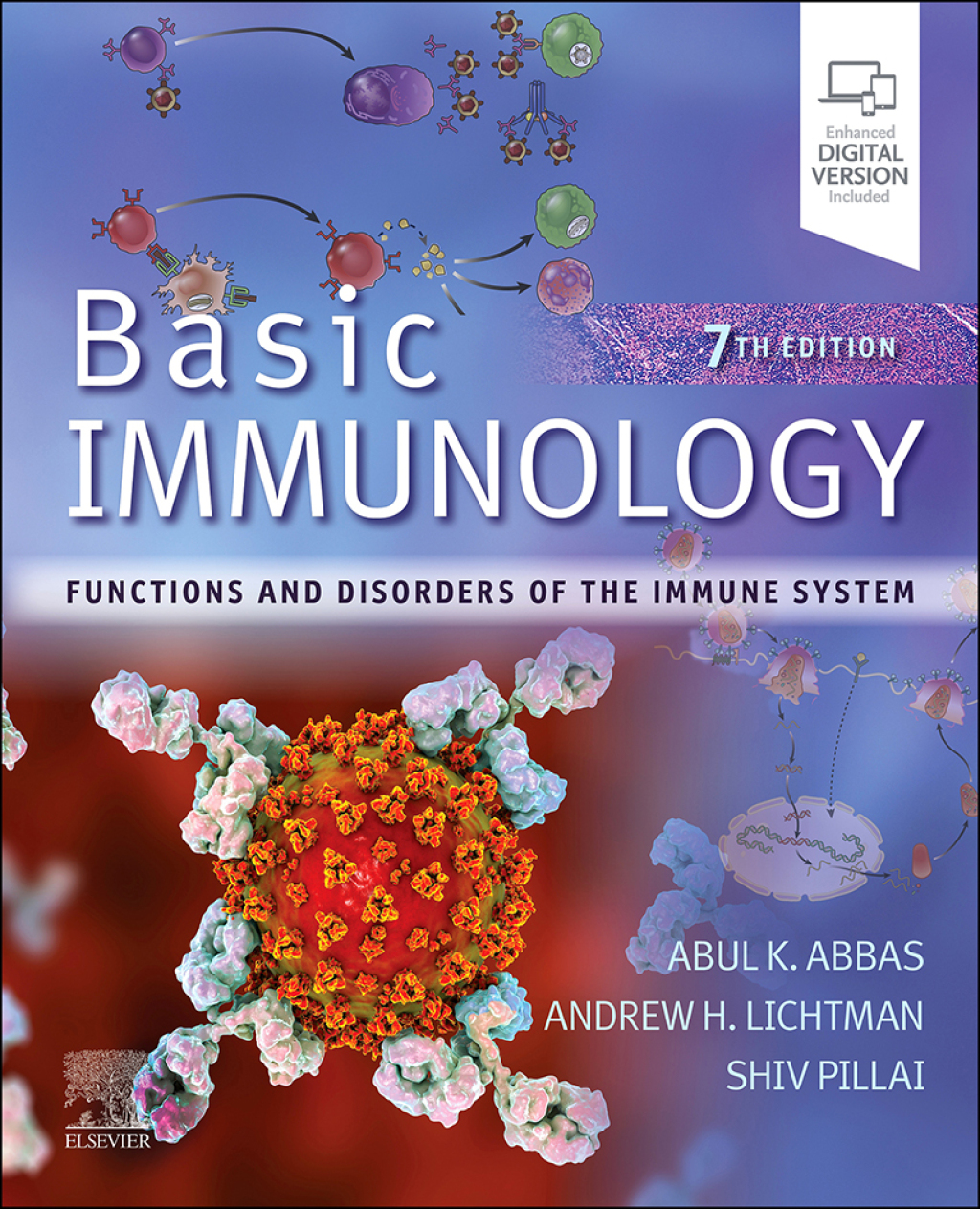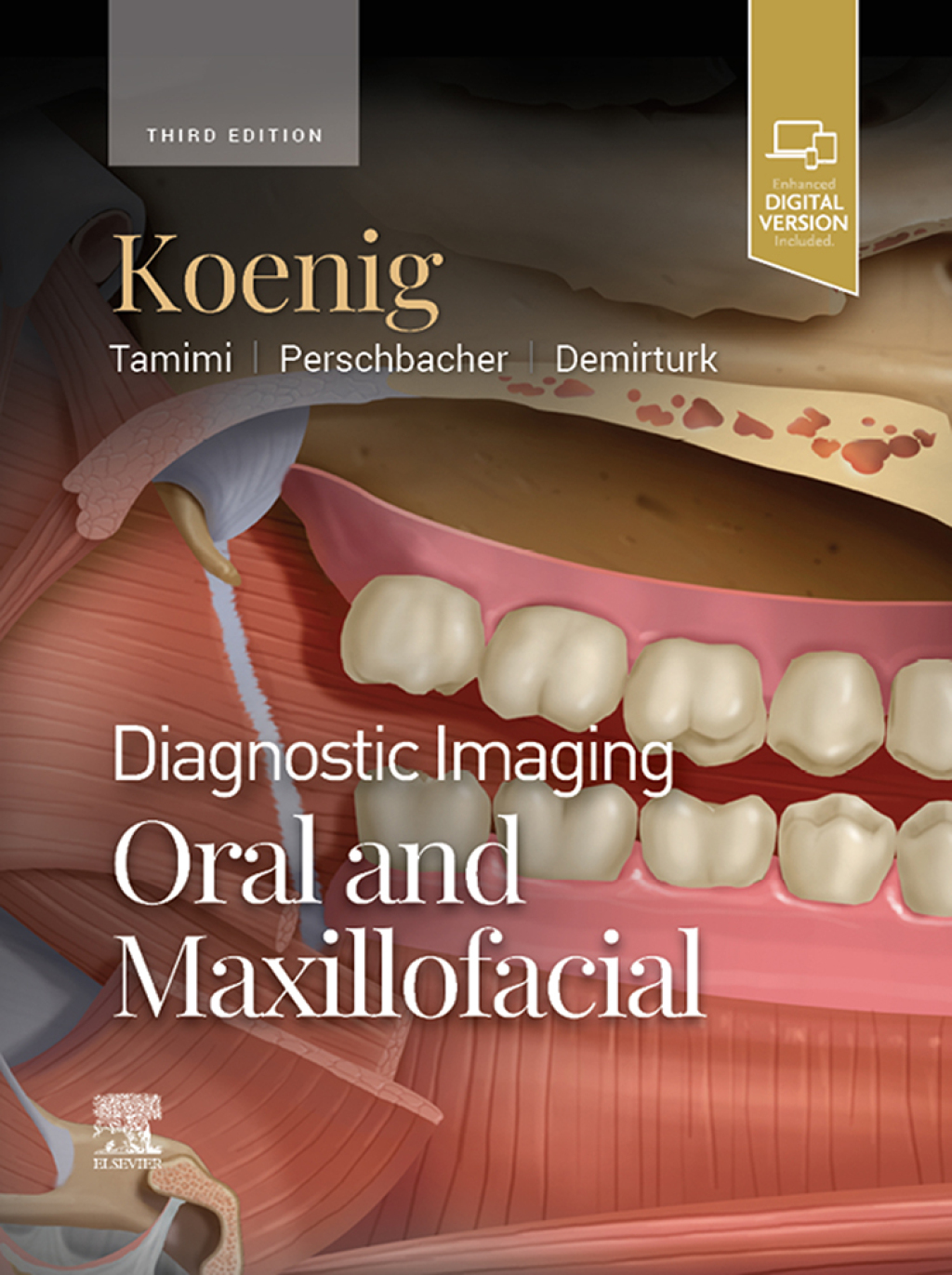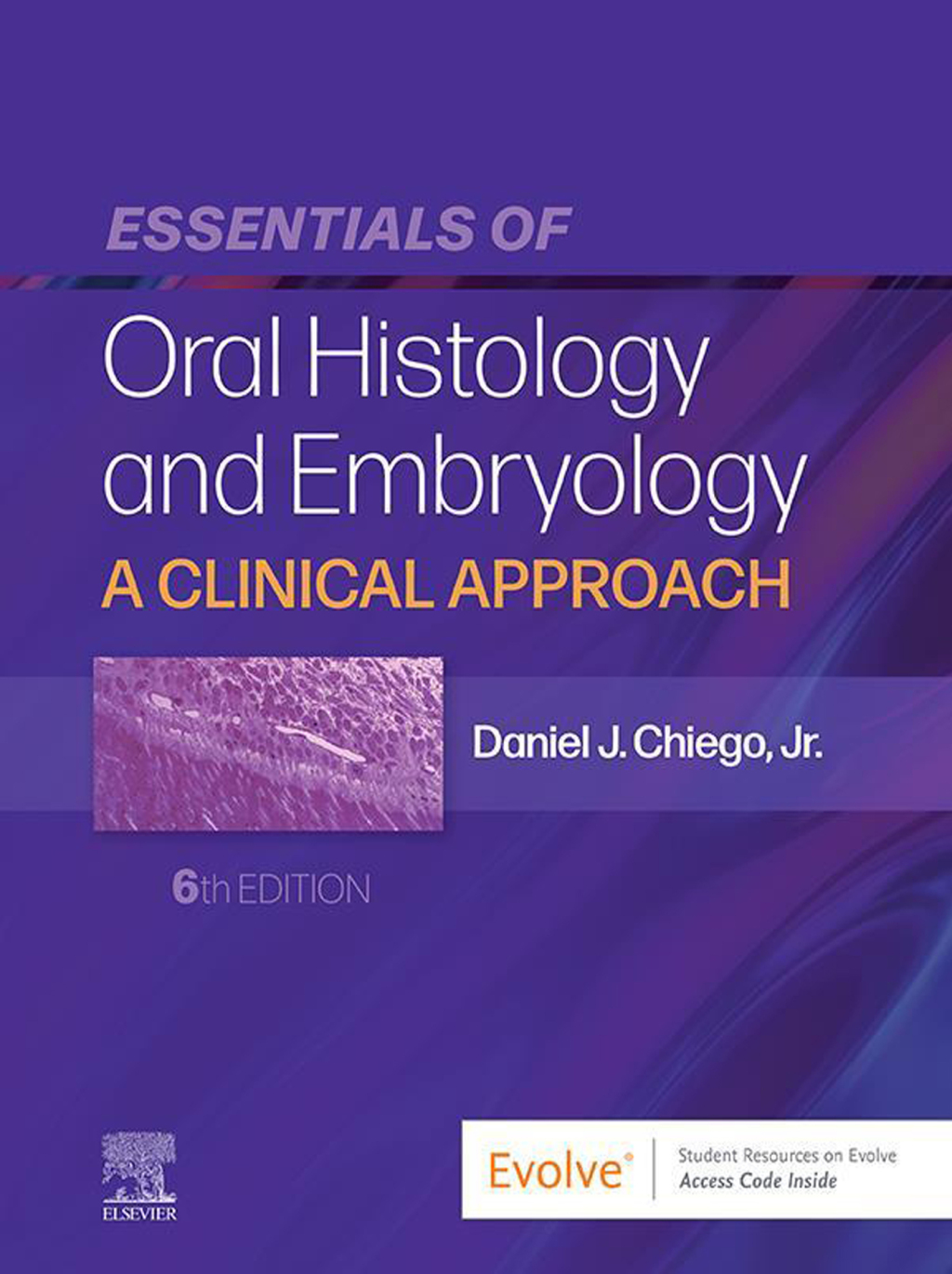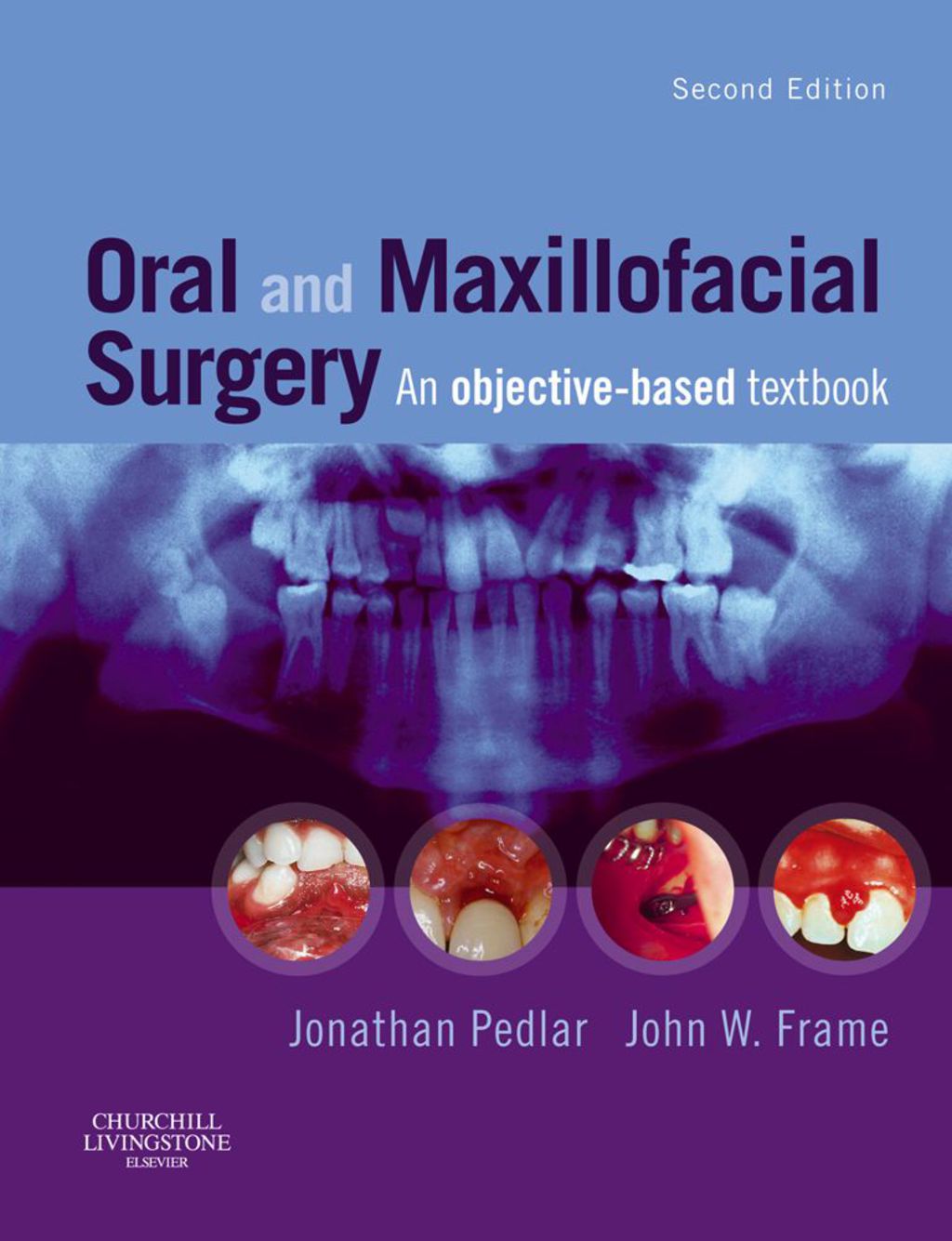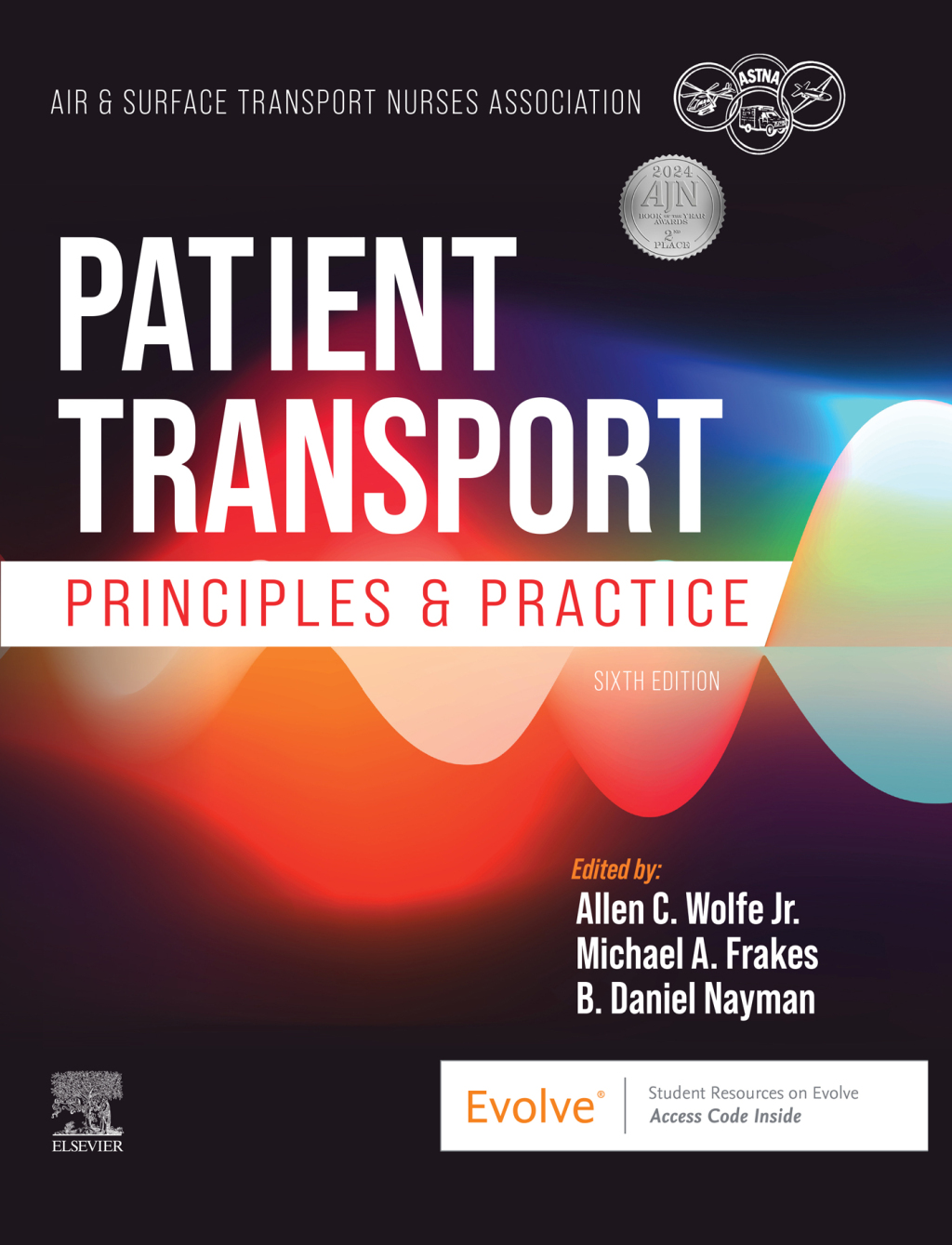Advances in Geroscience
Author(s):
Publisher: Springer
ISBN: 9783319232454
Edition:
$39,99
Delivery: This can be downloaded Immediately after purchasing.
Version: Only PDF Version.
Compatible Devices: Can be read on any device (Kindle, NOOK, Android/IOS devices, Windows, MAC)
Quality: High Quality. No missing contents. Printable
Recommended Software: Check here
Important: No Access Code
Description
This book provides the first comprehensive overview of a new scientific discipline termed Geroscience. Geroscience examines the molecular and cellular mechanisms that might explain why aging is the main risk factor for most chronic diseases affecting the elderly population. Over the past few decades, researchers have made impressive progress in understanding the genetics, biology and physiology of aging. This book presents vital research that can help readers to better understand how aging is a critical malleable risk factor in most chronic diseases, which, in turn, could lead to interventions that can help increase a healthy lifespan, or ‘healthspan.’ The book begins with an analysis of the Geroscience hypothesis, as well as the epidemiological underpinnings that define aging as a candidate main risk factor for most chronic diseases. Next, each chapter focuses on one particular disease, or group of diseases, with an emphasis on how basic molecular and cellular biology might explain why aging is a major risk factor for it. Coverage in the book includes: cancer, cardiovascular disease, dementias, stroke, Parkinson’s and Alzheimer’s diseases, osteoporosis, arthritis, diabetes asthma, emphysema, kidney disease, vision impairment, and AIDS/HIV.  It finishes with a chapter on pain in the elderly and an overview of future steps needed to bring the newly acquired knowledge into the clinic and the public at large.


